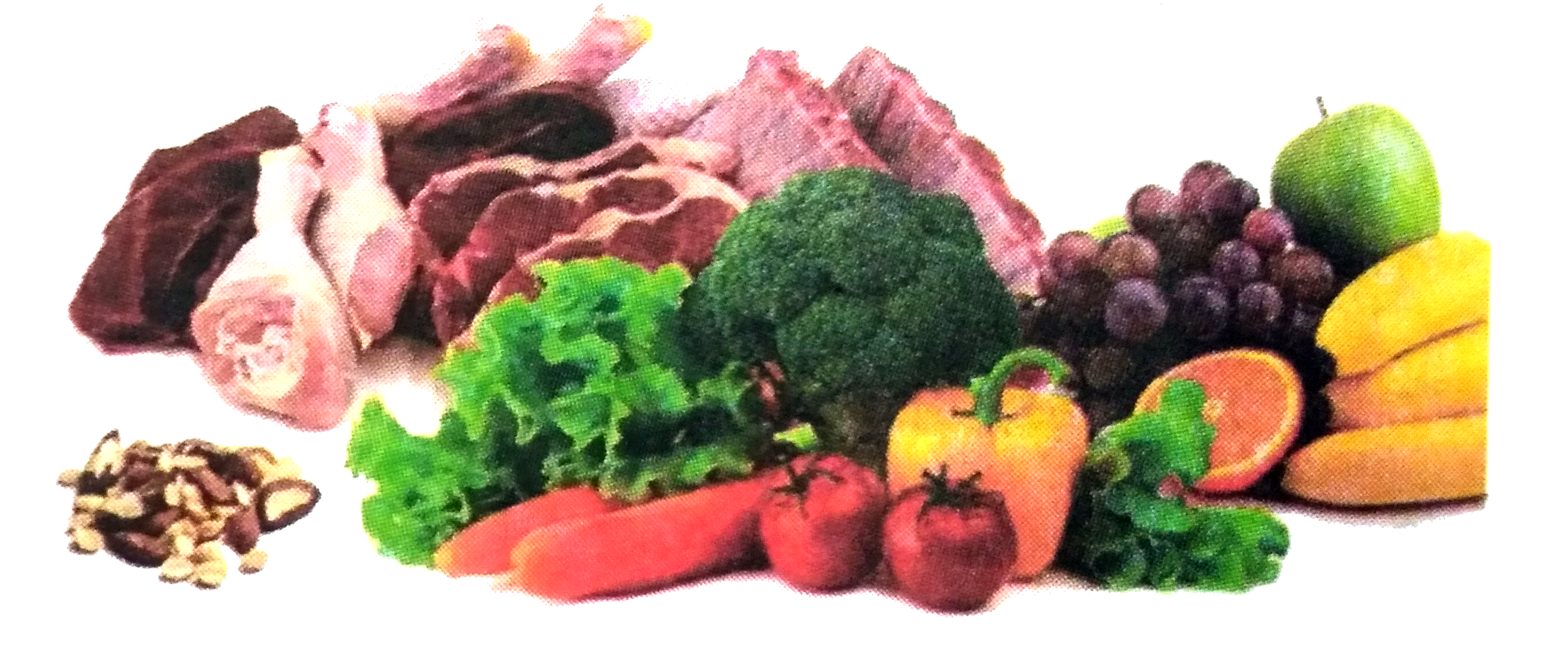Distinguish between prosthetic group and coenzyme.
Step-by-Step Solution:
1. Definition of Enzymes: Enzymes are biological catalysts made primarily of protein chains. They often require non-protein components to become catalytically active.
2. Role of Cofactors: Non-protein parts that assist enzymes in becoming active are known as cofactors. These cofactors can be classified into three types: prosthetic groups, coenzymes, and metal ions.
3. Prosthetic Groups:
- Prosthetic groups are organic compounds that are tightly bound to the active site of enzymes.
- They remain attached to the enzyme throughout its function and are integral to the enzyme's activity.
4. Coenzymes:
- Coenzymes are also organic compounds but are transiently attached to the enzyme.
- They bind to the enzyme during the catalysis process and are released after the reaction is complete.
5. Key Differences:
- Attachment: The primary distinction between prosthetic groups and coenzymes is their mode of attachment to the enzyme. Prosthetic groups are tightly bound, while coenzymes are loosely and temporarily associated.
- Functionality: Both are essential for the enzyme's activity, but prosthetic groups remain with the enzyme, whereas coenzymes detach after the reaction.
6. Conclusion: Understanding the differences between prosthetic groups and coenzymes is crucial in biochemistry, as both play significant roles in enzyme function.
- Prosthetic groups are organic compounds that are tightly bound to the active site of enzymes.
- They remain attached to the enzyme throughout its function and are integral to the enzyme's activity.
- Coenzymes are also organic compounds but are transiently attached to the enzyme.
- They bind to the enzyme during the catalysis process and are released after the reaction is complete.
- Attachment: The primary distinction between prosthetic groups and coenzymes is their mode of attachment to the enzyme. Prosthetic groups are tightly bound, while coenzymes are loosely and temporarily associated.
- Functionality: Both are essential for the enzyme's activity, but prosthetic groups remain with the enzyme, whereas coenzymes detach after the reaction.
Topper's Solved these Questions
- BOOK - MODERN PUBLICATIONCHAPTER - BIOMOLECULES EXERCISE - REVISION EXERCISES (Short Answer Questions )45videos
BIOMOLECULES
- BOOK - MODERN PUBLICATIONCHAPTER - BIOMOLECULES EXERCISE - REVISION EXERCISES (Long Answer Questions )12videos
BIOMOLECULES
- BOOK - MODERN PUBLICATIONCHAPTER - BIOMOLECULES EXERCISE - QUICK MEMORY TEST (CHOOSE THE CORRECT ALTERNATIVE )7videos
BIOMOLECULES
- BOOK - MODERN PUBLICATIONCHAPTER - BIOLOGICAL CLASSIFICATIONEXERCISE - CHAPTER PRACTICE TEST16videos
BIOLOGICAL CLASSIFICATION
- BOOK - MODERN PUBLICATIONCHAPTER - BODY FLUIDS AND CIRCULATION EXERCISE - Chapter Practice Test15videos
BODY FLUIDS AND CIRCULATION
Similar Questions
Knowledge Check
- Question 1 - Select One
A coenzyme is
AOrganic non-proteinaceous group that is essential for enzyme activityBOrganic or inorganic group that is essential for enzyme activityCSame enzyme found in different organs or tissuesDOne that shares function o another enzyme - Question 2 - Select One
Coenzyme is
AOften a vitaminBAlways an inorganic compoundCAlways a proteinDOften a metal


